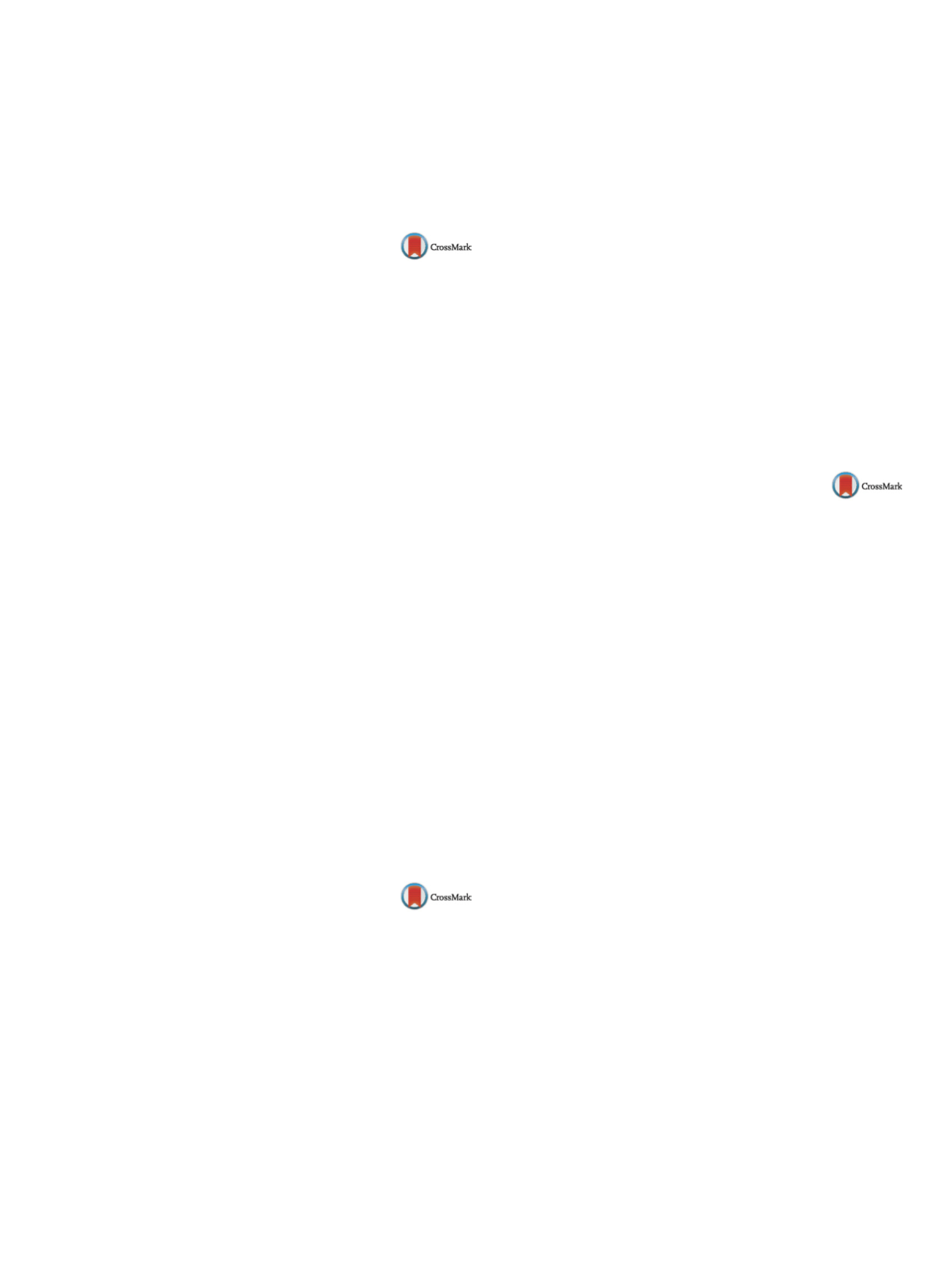

25th European Congress of Psychiatry / European Psychiatry 41S (2017) S583–S644
S591
Conclusions
The use of the Italian version of the Spitefulness Scale
seemed promising for the study of emotion recognition in both
clinical and nonclinical samples.
Disclosure of interest
The authors have not supplied their decla-
ration of competing interest.
http://dx.doi.org/10.1016/j.eurpsy.2017.01.903EV0574
The role of spitefulness in personality
disorders: Toward a better
comprehension of the cluster B
Velotti
1 , G.Rogier
2 ,∗
, C . Garofalo
31
University of Genoa, Educational Sciences, Psychology Unit, Genoa,
Italy
2
La Sapienza, Psicologia clinica e dinamica, Roma, Italy
3
Tilburg University, Department of Developmental Psychology,
Tilburg, The Netherlands
∗
Corresponding author.
Introduction
Cluster B personality disorders (i.e., Antisocial,
Borderline, Histrionic, and Narcissistic Personality Disorders), is
characterized by a dramatic pattern of relating to others, with
symptoms characterized by a difficulty regulating emotional states
and behavior (APA, 2000). The desire to cause pain often char-
acterized these disorders (i.e. borderline) involving vindictively
harming another with serious and often negative interpersonal
consequences. Nevertheless, there is a paucity of research about
the nature of relationships between spitefulness and personality
disorders.
Objective
This study aims to investigate the association between
spitefulness and personality disorders in an offenders samples
(
N
= 305).
Aims
To investigate the associations among spitefulness and per-
sonality disorders. We hypothesized that spitefulness would be
differently associated with emotional and impulsive personality
disorders (cluster B: antisocial, borderline, histrionic and narcis-
sistic).
Results
As expected, spitefulness and some personality, disorders
were positively associated. Specifically, ASPD and Borderline are
strongly associated with high levels of spitefulness.
Conclusions
Such results confirmthe theorization that the assess-
ment of spitefulness improve the accuracy of diagnosing of these
personality disorders.
Disclosure of interest
The authors have not supplied their decla-
ration of competing interest.
http://dx.doi.org/10.1016/j.eurpsy.2017.01.904EV0575
Evaluation of a court liaison and
diversion service in London over a
quarter of a century
H. Ryland
1 ,∗
, T. Exworthy
2, G. Shaun
3, A. Khan
3, R. Lynne
41
South West London and St. George’s Mental Health NHS Trust,
Forensic Department, London, United Kingdom
2
Institute of Psychiatry- Psychology and Neuroscience, Forensic
Department, London, United Kingdom
3
Oxleas NHS Foundation Trust, Forensic Department, London, United
Kingdom
4
Ministry of Justice, Forensic Department, London, United Kingdom
∗
Corresponding author.
Introduction
Oxleas NHS Foundation Trust has run a Court Diver-
sion Service in South East London since 1991. It provides services
for people within the earlier stages of the Criminal Justice System.
Objectives
This evaluation aims to combine data from across the
25-year period since the introduction of the diversion scheme. It
seeks to provide a longitudinal picture to elucidate the impact of
service changes during this time.
Methods
The evaluation uses data obtained from a variety of
sources for four points in time: 2015/2016, 2011, 1999 and 1991.
Data across domains was collated to allow longitudinal analysis.
Results
After the initial introduction of the scheme in 1991, the
total mean time on remand was noted to drop from 67.1 days to
49.5 days (
P
< 0.001). There were 280 referrals over 18 months in
1991, 210 per year in 1999, 190 in 2011 and 174 between April
2015 and March 2016. Violent crimes increased from 29% in 1991
to 47% in 2011. The proportion with schizophrenia decreased from
31% in 1991 to 18% in 1999, before increasing again to 25% in 2011.
The use of Section 37 hospital order disposal decreased from 15%
in 1991 to just 4% in 2011.
Conclusions
The court diversion scheme has produced significant
benefits since it was introduced in 1991, despite a rise in the pro-
portion of violent alleged offences. Changes to the service have seen
decreased use of hospital orders.
Disclosure of interest
The authors have not supplied their decla-
ration of competing interest.
http://dx.doi.org/10.1016/j.eurpsy.2017.01.905EV0576
The acting out in patients with
Schizophrenia examined in a forensic
psychiatric assessment
S. Khouadja
∗
, S. Younes , S. Chatti , R. Ben Soussia , L. Zarrouk ,
M. Nasr
University Hospital, Psychiatry, Mahdia, Tunisia
∗
Corresponding author.
Introduction
Many studies have shown that schizophrenic
patients are responsible for the highest rates of violence among
all the mentally ill patients.
Aims of the study
Describe the socio-demographic and clinical
characteristics of patients with schizophrenia examined in a foren-
sic psychiatric assessment and identify the risk factors of violence
in these patients.
Methodology
A retrospective study carried out in the psychiatric
department of university hospital of Mahdia during fifteen years
involving 40 patients with schizophrenia examined in a foren-
sic psychiatric assessment following a forensic act. These patients
were compared to a population of 40 patients followed in the same
establishment for the same disease and without criminal record.
Results
Age average of 36.08 years, male (95%), rural origin (65%),
primary level education (47.5%), single (65%), unemployed (65%)
and average socio-economic level (65%). Personal psychiatric his-
tory (87.5%), personality disorder (12.5%), judiciary history (12.5%)
and substance abuse (57.5%). Subtypes of schizophrenia: undiffer-
entiated (52.5%) and paranoid (30%). They have committed serious
physical assaults (55%) and aggression against property (27.5%). The
victim was mostly a family member (40%), under the influence of
toxic (22%), driven by delusions of persecution (61%), with hallu-
cinatory mechanism (55%). The psychiatric expert has concluded
an abolition of discernment in 77.5% of cases. Risk factors of acting
out were: rural origin, alcohol and psychoactive substances use,
productive forms of schizophrenia, poor adherence and irregular
monitoring.
Conclusion
The knowledge of risk factors improves the man-
agement and allows us better prevention of violence among our
patients.
Disclosure of interest
The authors have not supplied their decla-
ration of competing interest.
http://dx.doi.org/10.1016/j.eurpsy.2017.01.906

















